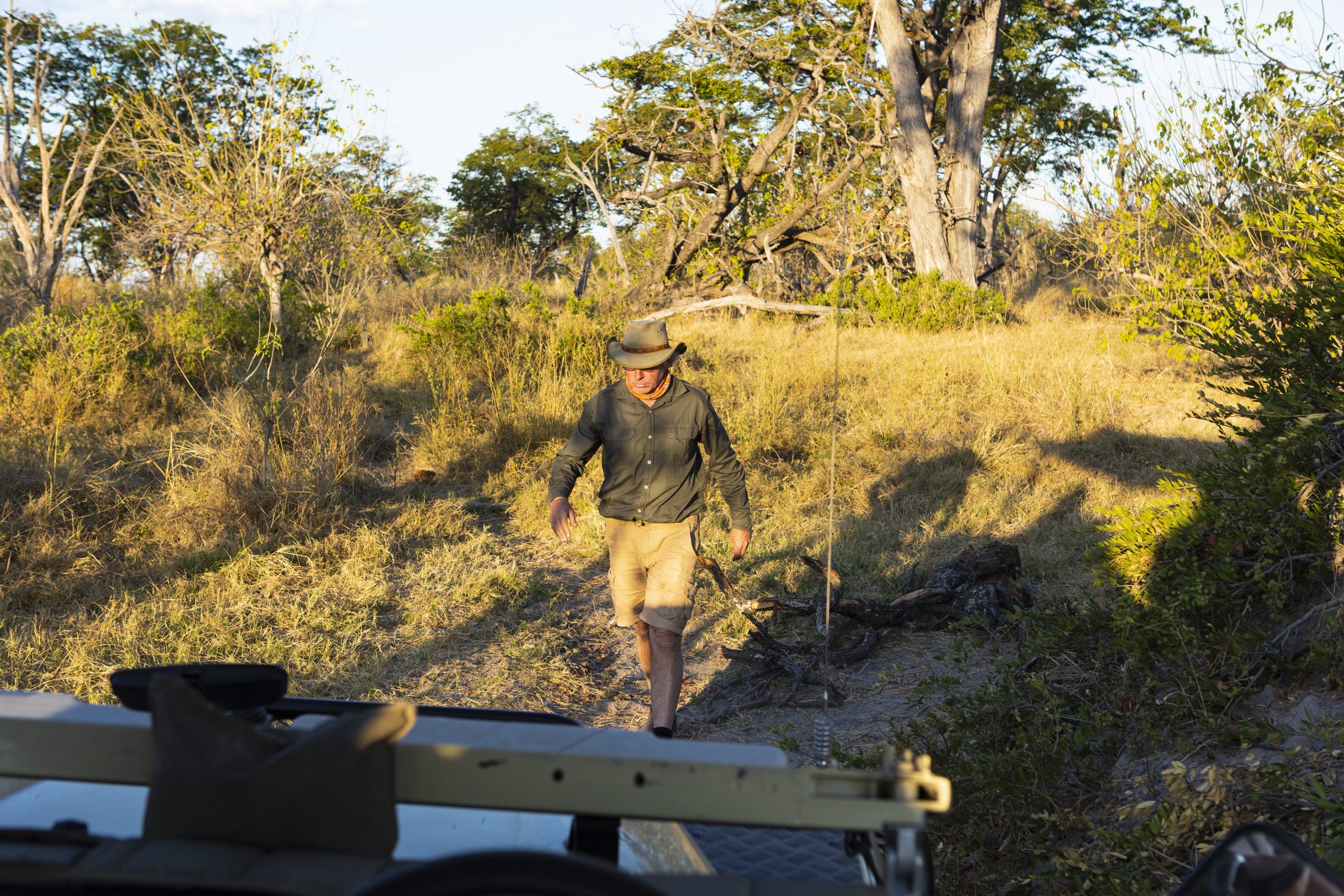Animal Tracks and Clues: How to Read the Bush Like a Ranger
Every ranger in Kruger has a secret skill that seems almost mystical to visitors: they can find animals without even seeing them. How? By reading the bush.
Tracking is the ancient art of interpreting signs in nature footprints, dung, disturbed branches, drag marks, and sound cues—to uncover what happened in an area moments or even hours before. It’s a skill that turns every game drive into a detective story.
Here’s how you can start reading the bush like a pro on your next Kruger visit.
Footprints: The Bush’s Ink on Paper
Animal tracks—or spoor, as they’re called in South Africa are often the clearest sign that something passed by. Rangers look at:
- Size – Is it large like an elephant, or small like a mongoose?
- Shape – Hooved (like antelope), padded (like cats), or clawed (like hyenas)?
- Depth – Deeper prints mean recent movement or a heavier animal.
- Stride – The spacing between tracks tells you how fast it was moving.
Fresh lion spoor on a dusty road might have a crisp outline. Add some parallel impala tracks in the same direction, and you have a story unfolding.
Dung and Droppings: A Natural Field Guide
It may not be glamorous, but dung is a key part of bush tracking. Rangers can identify species, estimate how long ago the animal passed, and even tell what it was eating.
- Elephants leave huge piles full of undigested plant material.
- Rhinos often use the same dung midden repeatedly, leaving layered heaps.
- Leopards and hyenas produce white, chalky scat due to high bone content in their diet.
In the bush, even the mess tells a story.
Signs on Trees, Bushes and Grass
Broken branches, stripped bark, or flattened grass all signal recent activity. Elephants often strip bark and push over trees, while leopards might leave scratch marks on trunks or drag their prey into a high fork.
Flattened grass beside the road may signal a resting lion or a buffalo wallow. A patch of trampled reeds along the river? Possibly where a hippo exited the water last night.
Look closely at disturbed soil, snapped twigs, or scattered feathers. It’s the wildlife equivalent of breadcrumb clues.
Listening to the Bush
Bird calls and animal alarms are some of the most reliable trackers in the park. Rangers use their ears as much as their eyes.
- Vervet monkeys barking = predator alert (often a leopard nearby).
- Franklins and guineafowl shrieking = something’s moving through the undergrowth.
- Impala snorting and staring = a cat is stalking.
Learning to pause and listen during your game drive often leads to the most rewarding sightings.
Watch the Watchers
One of the most overlooked tracking tips? Look at what the animals are looking at. Impalas staring in one direction? Giraffes frozen like statues? Birds suddenly taking off? Nature often gives away its secrets—you just need to be paying attention.
Practice from the Passenger Seat
Even if you’re not a ranger, you can start learning. Ask your guide about the tracks they’re following. Try to identify spoor during coffee stops or while waiting at waterholes. Keep a small field guide or spoor app on your phone for reference.
And when you take a break at Tindlovu Letaba, chat to fellow travellers or staff about their sightings—you’d be surprised how much local knowledge circulates over lunch with a view of the river.
In Kruger, everything leaves a mark—if you know how to read it. So next time you visit, look down, look closely, and let the bush tell you its story. You’ll never see a dusty road the same way again.

